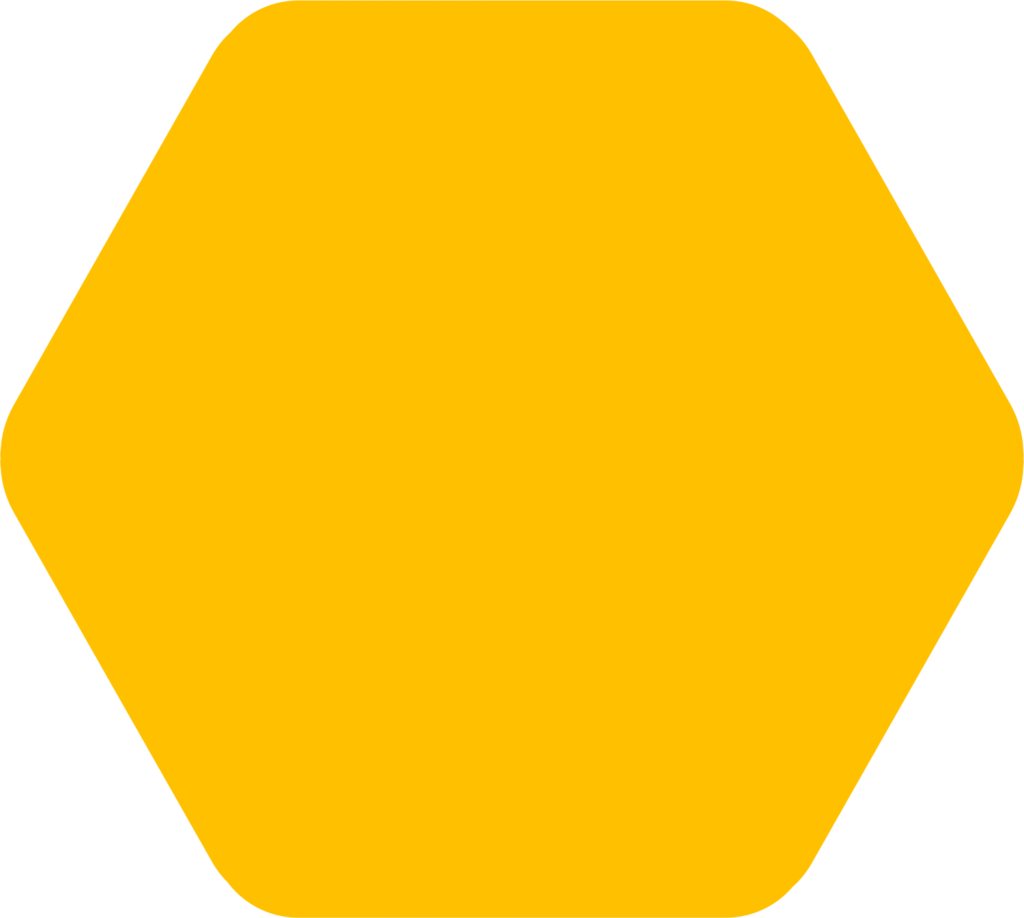
Today we’ll talk about our Spring inspection and feeding the bees in case their honey stores are low but first, just a brief note What Natural Beekeeping IS and What it IS NOT.
Natural Beekeeping IS just Beekeeping WITHOUT ANY UNNATURAL chemical or artificial crap in and around the beehives.
(1) There’s NO UNNATURAL HUMAN-ENGINEERED CHEMICALS in and around Lucy’s beehive
(2) Lucy also does not use any acids or essential oils to medicate her bees
(3) Since Lucy’s bees are not medicated, they can do what bees did for thousands of years: use natural selection to defeat any parasites on their own
(4) And lastly, Lucy’s beehive is within the right NATURAL HABITAT so that land and water around are unpolluted by pesticides, insecticides, fungicides and herbicides and Lucy’s bees have enough foraging in all seasons. As a result, Lucy’s bees do not need any artificial supplemental sugar feedings that adversely affect both the bees and their honey.
At our ForestBeehive apiary in Central Maine, we also have plenty of clean unpolluted land and water but, unlike Lucy’s, our winters are cold and long which makes beekeeping in cold winter climates extra challenging.
It’s Mar 22 and it’s our first Spring inspection.
In the picture, I just opened the top lid of the horizontal beehive.
You can see that almost 2/3 of the beehive cavity is empty and the bees have overwintered in a smaller third of the beehive topped with the brown sackcloth pillow.
By mid-summer, I will gradually expand this particular beehive up to its full capacity of 20 frames as the bee colony grows explosively in summer and then in late Fall as the number of bees naturally dwindles, I will narrow down the ‘bee space’ to 7-8 frames flanked with divider boards on each side.
The sackcloth pillow on top is filled with natural wool which helps keep the bees warm in winter and also helps in absorbing extra moisture.
Overwintering in a smaller space helps the bees conserve their limited resources so that they don’t have to keep a whole wide space warm like they easily did in the summer. The smaller number of winter bees can now focus their energy more productively on keeping a smaller space warm.
Per Dr. Leo Sharashkin, a long-time natural beekeeper in Ozarks MO, in cold winter climates in an effort to keep the wintering space for the bees smaller and improve winter survival, any surplus honey that the bees don’t need and can’t access during cold winters is better taken out.
So, back to my Spring inspection:
I had no winter losses so far. But upon inspection, I saw that one of the bee colonies was really running low on their own honey stores and I needed to feed that colony.
As the bees’ health is important to me, I don’t do any supplemental sugar feedings, so for emergency feeding what do you think I feed the bees with?
By the way, I absolutely would NOT feed with honey from any unverified sources – a lot of commercial honey is contaminated with so-called ‘foul brood’ bacteria.
I had a couple of good options for feeding: I could feed the bees with their own honey harvested in the Fall and mix it 1:1 with water.
But I had a second even better option for feeding:
During Fall harvest, before uncapping the honey, I have used the extractor to spin out the uncapped honey separately and I stored it in the fridge.
Uncapped honey is a partially dehydrated nectar – if it were fully dehydrated, the bees would have capped it with wax.
Uncapped honey has to be kept in the fridge because compared to matured capped honey its water content is at least twice higher and it can easily get fermented.
You may notice that as opposed to our Fall honey, the uncapped honey that was kept in the fridge got crystallized.
Temperatures lower than 50°F (10°C) cause honey to crystallize. It still tastes delicious not only to the bees but to me as well.
If your honey does not crystallize, it could be adulterated.
By the way, there are some beekeepers that use artificial measures to prevent honey from crystallization and I even found the strangest advice from none other than American Test Kitchen on how to prevent honey from crystallization: by adding corn syrup to honey?! That’s a total adulteration of honey: unhealthy and unsavory at the same time.
I use a simple feeder is made of food-grade plastic in Spain, a country where there’s over a million of similar Layens-style horizontal beehives. This feeder fits inside the beehive like an extra frame. As opposed to conventional outside feeders, this feeder has the advantage of minimizing robbing by bees from other beehives which can create total mayhem in the apiary.
I will make another inspection in a week or so to see if I have to add more uncapped honey. See you in future videos!
